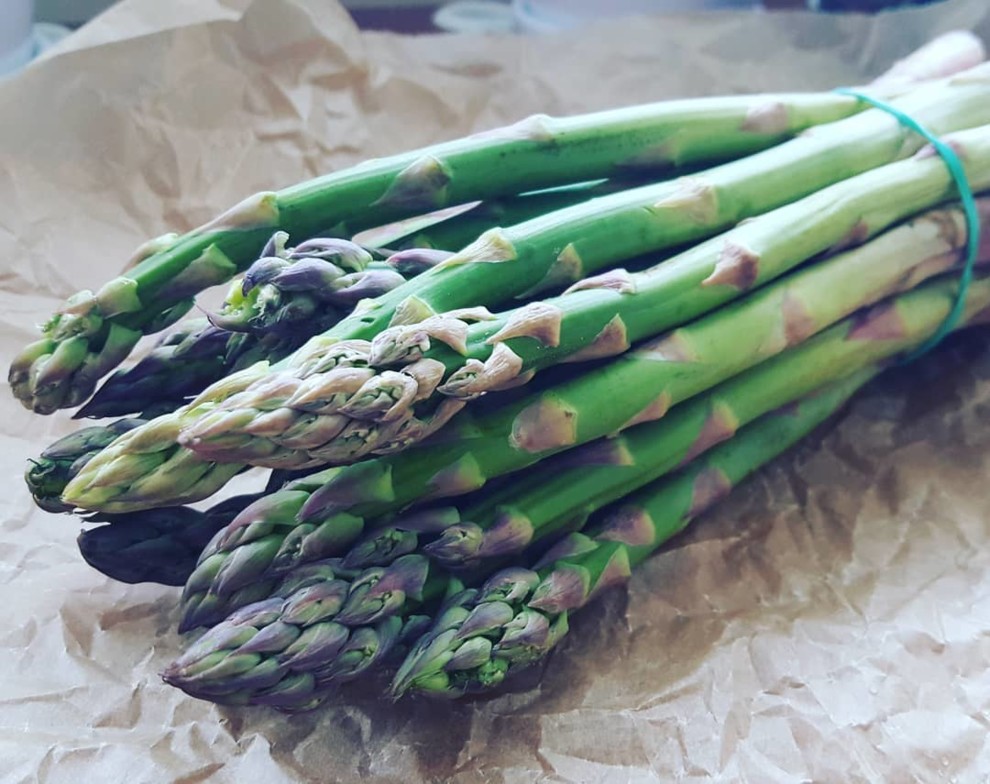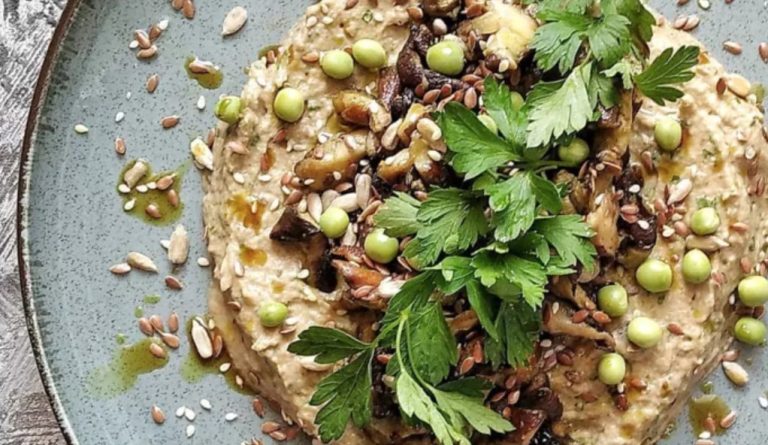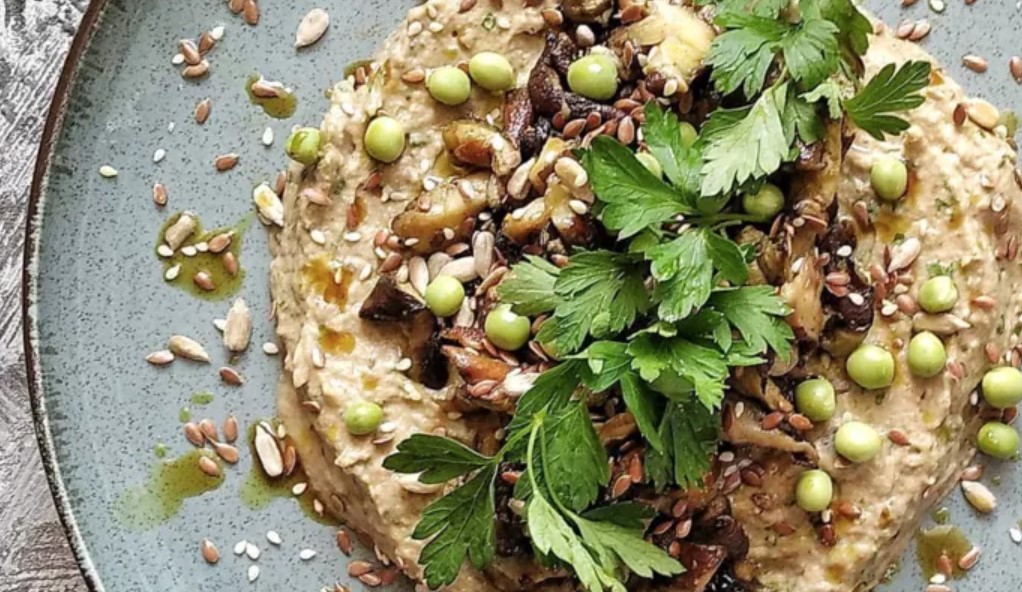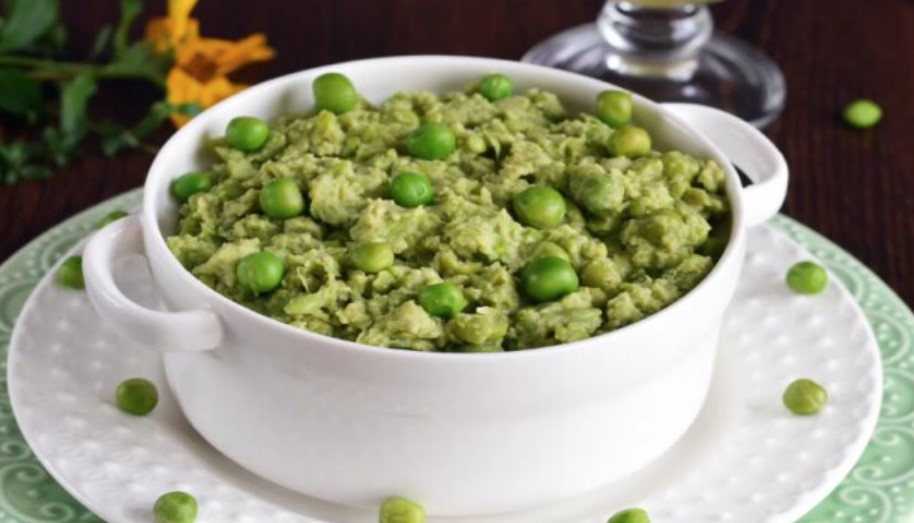The yellowed laundry looks unkempt. But how can you effectively clean yellowed laundry and make yellowed clothing white again? To make this work, we have collected the best home remedies for removing the yellow cast. As a result, yellowed shirts and dresses are a thing of the past.
Especially on special occasions, white and clean shirts are needed. Of course, it’s uncomfortable when the suit has been hanging in the closet for years and the shirt collar is now yellow. Then it’s time to clean your yellowed laundry.
Why does laundry get a yellow tinge?

Yellowed laundry or a gray haze over the white laundry is annoying. Because we prefer our laundry to be sparkling white and clean. But why is my laundry yellowing? The reasons for yellowed and gray laundry are mostly the wrong care. It is possible that you use the wrong products for your laundry or wash them incorrectly. Too low a temperature when washing or a washing machine that is too full can also prevent your laundry from being brilliantly white. Also, note that you should wash sensitive clothing by hand.
Home remedies for cleaning yellowed laundry
But not only the wrong care can cause a yellow cast. Long storage in the closet also causes yellowed shirts. Shirt collars in particular discolor quickly. Then simple home remedies will usually help you get your yellowed laundry white again. Also, note the tips for washing yellowed curtains and curtains.
1) Use of vinegar
If you want to get yellowed laundry white again, then clean it with the household remedy vinegar. To do this, fill the sink with water and add half a cup of vinegar. Then let the affected laundry soak in for about 30 – 40 minutes. Then wash everything with clear water. During the whole process, you should pay attention to the washing temperature. Because it shouldn’t get too hot.
2) White laundry thanks to baking soda
You can also use the all-rounder baking soda instead of vinegar. Accordingly, put half a cup of baking soda in the full sink. You can also put the baking soda directly into the detergent compartment of your washing machine and thus clean the yellowed laundry. You can also use the home remedy baking powder.
3) Clean yellowed shirts with soda
Soda is an environmentally friendly detergent alternative. Since washing soda is alkaline, you can use it to make your yellowed laundry white again. However, you should not use it to wash animal fibers such as wool or silk. Because they can break it. Consequently, only wash synthetic fibers or cotton with this product. For this, add a teaspoon of the soda to the usual detergent. In addition, read our tips on washing and caring for wool.
4) Citric acid against yellowing
The use of citric acid also helps you to clean your yellowed laundry. To make your laundry bright white again, fill the sink with water and put the yellowed laundry in it. Then add 1/2 to 1 cup of citric acid and let it sit. Finally, wash your laundry as usual.
5) Milk as a natural bleach
You can also turn yellowed clothing white again with a mixture of milk, water, and ice cubes. Even our grandmothers took advantage of this. To do this, you have to leave the yellowed or graying clothing in the mixture for several hours. However, you should only use this to clean shirt collars. Because the production of milk is usually associated with animal suffering and there are enough alternatives.
6) Clean shirt collar with shampoo
If you need to clean your shirt collar, you can use shampoo or shampoo. Because it dissolves the body fats from the clothes. So you are prepared for the next wedding invitation. So spread the shampoo on the collar with your fingers and let it work. Then put it in the washing machine.

7) Bleaching agents against yellowed laundry
With bleach, you can make your yellowed laundry white again and yellowed shirts can also shine in a new white. To do this, buy them in the drugstore and add them to the white laundry when you wash them. However, the use of bleach is controversial because it pollutes the environment. Therefore, it is better to choose environmentally friendly alternatives and note our other tips for environmental protection in the household.
8) Heavy-duty detergent for cleaning yellowed laundry
Whether yellowed shirts or T-shirts with the heavy-duty detergent you get them well cleaned. Because it contains bleach to lighten white laundry. If you use the heavy-duty detergent, wash your laundry at the highest possible temperature (stated on the label) or use an intensive program on your machine. Also, the machine should not be loaded too fully. This improves the washing result. In addition, also note the most important tips for doing laundry.





















